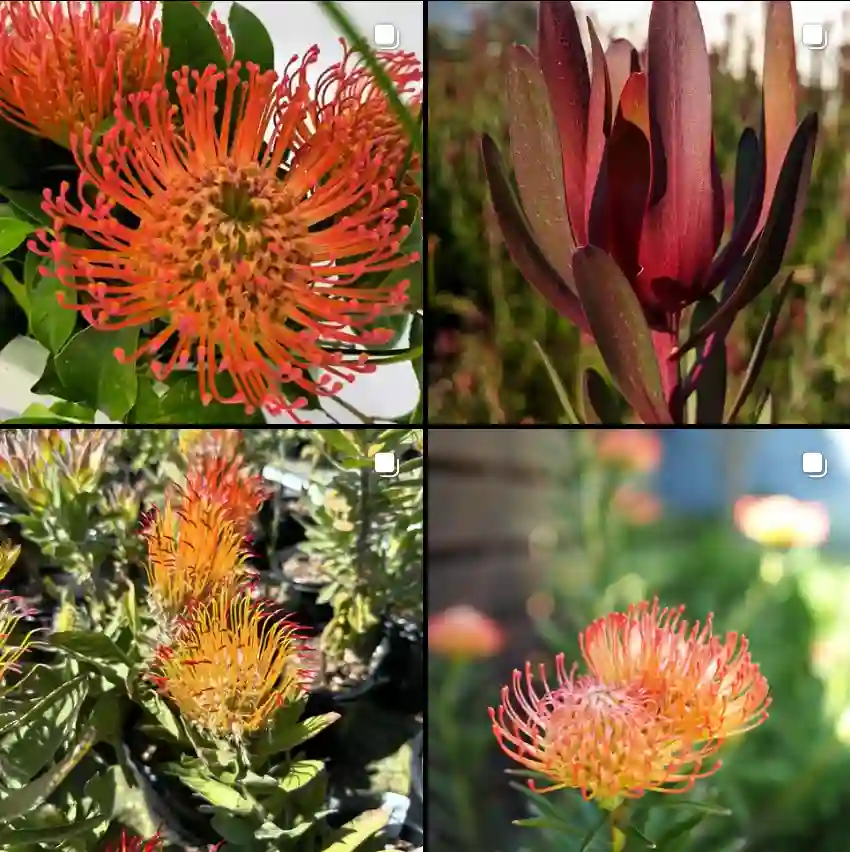FAQs About Chansonette Camellia
As a plant enthusiast, I often get questions about various plant species. One plant that has piqued my interest recently is the Chansonette Camellia. It’s a stunning plant that brings a touch of elegance to any garden. If you’re considering adding this beauty to your collection, you might have some questions. Let me share my knowledge and experiences with you.
230 Species in Genus Camellia
What Is Chansonette Camellia?
Chansonette Camellia, scientifically known as Camellia Japonica, is a popular evergreen shrub known for its striking flowers. The Chansonette variety is particularly cherished for its vibrant pink blooms. This plant is native to eastern and southern Asia and is renowned for its glossy, dark green leaves and beautiful, showy flowers that can brighten up any garden.
How to Care for Chansonette Camellia?
Caring for Chansonette Camellia is relatively straightforward, but it does have specific needs. Based on my experience, here are some essential tips:
- Sunlight: Chansonette Camellia thrives in partial shade. It does best with morning sunlight and afternoon shade, especially in hotter climates.
- Soil: This plant prefers acidic, well-draining soil. I recommend mixing pine bark or compost with your garden soil to improve acidity and drainage.
- Watering: Keep the soil consistently moist, but not soggy. I’ve found that watering once a week is usually sufficient, but adjust based on weather conditions and soil moisture.
- Fertilizing: Feed the Chansonette Camellia with a balanced, slow-release fertilizer in early spring and again in mid-summer. I use a fertilizer specifically formulated for camellias or azaleas.
- Pruning: Prune the plant after blooming to maintain its shape and remove any dead or diseased wood. Avoid heavy pruning, as it can reduce the number of flowers in the following season.
How to Propagate Chansonette Camellia?
Propagating Chansonette Camellia can be a rewarding process. Here’s a method I’ve used successfully:
- Cuttings: Take 4-6 inch cuttings from a healthy plant in late summer or early fall. Remove the lower leaves, and dip the cut end in rooting hormone.
- Planting: Plant the cuttings in a pot filled with a mix of peat moss and perlite. Keep the soil moist and cover the pot with a plastic bag or dome to maintain humidity.
- Transplanting: Once the cuttings have developed roots (usually in 6-8 weeks), transplant them into larger pots or directly into the garden.
What to Plant With Chansonette Camellia?
When planning your garden, pairing Chansonette Camellia with complementary plants can create a stunning landscape. Based on my observations, here are a few great companions:
- Azaleas: Their similar soil and light requirements make them ideal companions.
- Hostas: Their foliage contrasts beautifully with the glossy leaves of the camellia.
- Ferns: They add texture and thrive in the same conditions.
- Hydrangeas: Their colorful blooms complement the camellia’s flowers and provide year-round interest.
How to Use Chansonette Camellia in Your Garden?
Chansonette Camellia can be used in various ways to enhance your garden’s appeal:
- Accent Plant: Use it as a focal point in a garden bed or container.
- Hedge: Plant several camellias in a row to create a lush, flowering hedge.
- Shade Garden: It’s perfect for adding color to shady areas where other plants may struggle.
Is Chansonette Camellia Toxic?
Chansonette Camellia is not toxic to humans or pets. However, as with many plants, it’s best to avoid ingestion, as it could cause minor digestive upset. Always supervise pets and children around plants to prevent accidental consumption.
Common Problems with Chansonette Camellia
From my experience, these are a few issues you might encounter:
- Leaf Drop: Often due to environmental stress or improper watering. Ensure consistent moisture and avoid sudden temperature changes.
- Pests: Watch out for pests like aphids and spider mites. Regularly inspect your plant and use appropriate insecticidal soap if needed.
- Diseases: Fungal diseases such as leaf spot can affect camellias. Ensure good air circulation and avoid overhead watering to minimize disease risk.
Conclusion
Chansonette Camellia is a beautiful and versatile plant that can add elegance and color to your garden. With proper care, it can thrive and become a standout feature in your landscape. Whether you’re growing it as a focal point or integrating it into a garden design with complementary plants, this camellia variety is a fantastic choice. If you have more questions or need further tips, feel free to reach out. Happy gardening!
If i die, water my plants!



